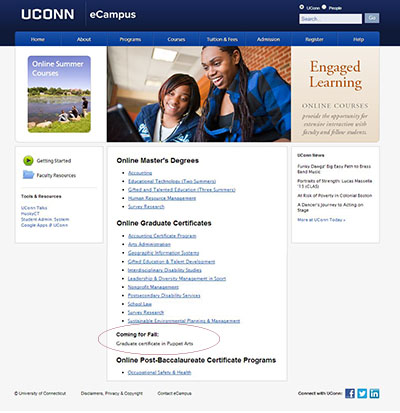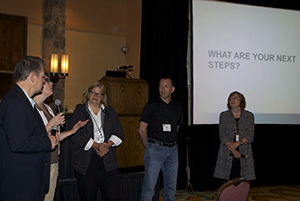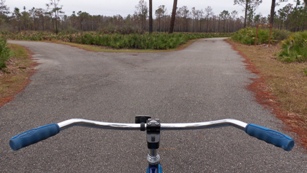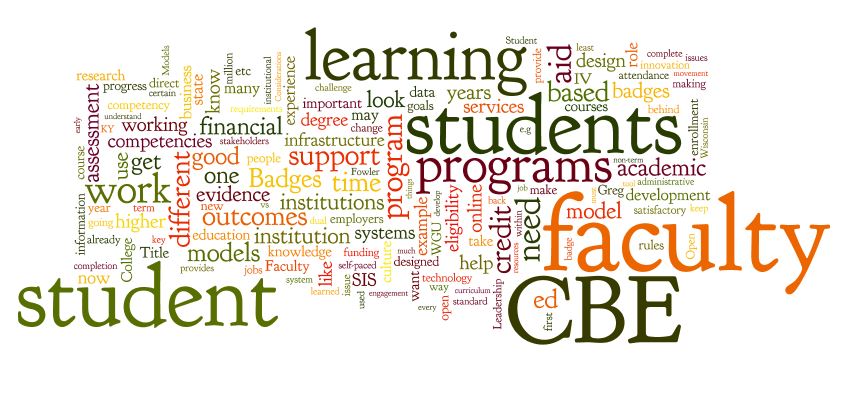One of my favorite parts of the work I get to do for WCET is helping to honor our members and colleagues in the field that accomplish outstanding acts of service dedicated to improving student success in higher education. That’s why I’m thrilled this week to welcome Alexa Wesley, the Director for Research and Strategy with NASPA – Student Affairs Administrators in Higher Education, to highlight the recent winners of NASPA’s Virtual Innovation awards. the awards showcase institutions of higher education that demonstrate exemplar academic, financial, and motivational support for students. Thank you Alexa for sharing more about these institutions and congratulations to the winners!
Enjoy the read,
Lindsey Downs, WCET
The pandemic has prompted long overdue change in how institutions approach supporting and engaging students across multiple modalities. For many institutions, COVID-19 put a spotlight on the inequities present in systems meant to ensure access to support and connection-building opportunities for students in virtual spaces. In response, colleges and universities have had to think creatively about how to leverage technology to better meet students where they are and to provide high-quality virtual experiences.
To help elevate promising practices happening in the field, NASPA – Student Affairs Administrators in Higher Education identified ten institutions as recipients of this year’s Virtual Innovation Awards: Excellence in Delivering Virtual Student Services. The process revealed a wide range of approaches taken by institutions of all types and sizes to foster a sense of virtual community for students. The accomplishments of the award recipients are set apart from other submissions due to their ability to be sustainable, scalable, and their potential to serve as innovative models for other institutions to adopt. Each of these institutions demonstrate how people, process, and purpose are core to realizing the promise of technology in optimizing virtual student support.
There is no one size fits all approach for translating a culture of care into virtual spaces; however, the institutions recognized here do share several key elements critical to their efforts. These key elements are presented below as four strategies that other institutions can use to deliver quality support for virtual students.
1. Provide opportunity for student feedback throughout the support design and validation process.
Montgomery County Community College created a student usability board of 12 students to provide continuous feedback on the Montco Connect platform – a centralized communications portal for students to receive personalized academic content, resources, and virtual engagement opportunities in “feed” view. Students receive a one-credit stipend for each term of service. The college intentionally recruits board members who are demographically diverse and who have varying levels of involvement so that student voices reflect the makeup of the student body. Students have been involved in all phases of the Montco Connect adoption process, and they continue to provide guidance on feature implementation.
California State University Channel Islands (CSUCI) applied knowledge of its unique student population to design the tone and voice of its artificial intelligence chatbot, Ekhobot, which provides 24/7 support and social communication with students. The warm personality of the AI-powered texting platform facilitates low-stakes informal interactions with students and provides CSUCI with information needed to understand the student perspectives in real time. Ekhobot is closely connected with CSUCI’s Learning Online 101 micro-course for students, as student responses to the bot’s campaigns are used to continuously improve the course curriculum.
The University of Florida gathers feedback from students who participate in Multicultural and Diversity Affairs’ virtual early arrival programs (EAP) focusing on building community for Black, Latinx, Asian Pacific Islander and Desi students. Peer leaders play a meaningful role in EAP curriculum improvement and idea generation for short social media activities as some students find it difficult to engage in virtual spaces for long durations. For example, peer leaders for the Pledging to Advance Academic Capacity Together program created a dance slide video on Instagram (see the @ufpaact August 26, 2020 post) and students would vote on their favorite slide, learn the dance, and record themselves doing the slide. Another example of student feedback informing future practices was the transition of peer leaders taking on more internship-type responsibilities for the virtual programs.
2. Collaborate with faculty, staff, and students throughout the institution to maximize the reach of virtual support.
San Diego State University engages with students through a number of virtual initiatives – including an admitted student program called Virtual Explore SDSU and other first-year student programs – administered and coordinated by cross-divisional teams, including faculty, staff, student leaders, and peer mentors. Cross-divisional teams receive joint training from academic affairs and student affairs to promote shared understanding of relevant policies, resources, and opportunities. The leadership team coordinates a master calendar of planned interventions and circulates information about priorities, initiatives and training materials to campus. Additionally, the institution prioritizes equity, inclusion, and technology initiatives by including these elements in SDSU’s strategic plan. This ensures that the campus has a shared vision to help drive collaboration and enable its systems and programs to work in tandem.
Northern Arizona University (NAU) regularly connects with partners across the institution to maximize the impact of its wide span of virtual engagement offerings, including YourPath@NAU – a competency-based student engagement mobile app featuring virtual connection-building activities. The student affairs’ business analyst role is especially critical to NAU’s efforts, as it is focused on translating the division’s vision into actionable language for the information technology services division to implement. Tapping into existing collaborations is also key as NAU’s chief information officer was instrumental in working with the vice president for tribal initiatives to provide access to technology for students in rural communities.
3. Centralize information so it is easy for students to find.
Borough of Manhattan Community College (BMCC) leveraged in-house technologies and systems to offer coordinated, responsive systems of virtual support to address multiple areas of student wellbeing, including:
- financial aid (technology, food, and emergency),
- career development,
- academic,
- mental health, and
- co-curricular needs.
BMCC offers multiple virtual cohort-experience programs to ensure that every student has access to tailored information and points of contact to answer questions. BMCC also hosts “student hours” and virtual town hall meetings over videoconferencing platforms for students to voice concerns, questions and requests and have them addressed on the spot. Virtual front desk office hours for different departments are easily found on a student resources webpage.
Houston Community College (HCC) scaled out its Live Virtual Lobby across the district. The Live Virtual Lobby screens and triages students into appropriate breakout rooms by a student services staff member to have private, one-on-one real time services provided. To promote awareness of the service, HCC shared the link out on its webpage and through social media, and advisors and support staff set-up email autoreplies and voicemails to provide directions for students on where to access the Virtual Lobby.
Georgia State University (GSU) introduced and integrated new virtual services into the institution’s network of timely, holistic supports that address all areas of the student experience. The university’s online Panther Involvement Network connects new students to a cluster of student leaders and organizations and directs communications to them based on their interests and affiliations. GSU also utilizes chatbot technology through the PantherAnswer tool to answer student questions, schedule appointments, or connect with various offices and staff.
4. Use multiple sources of institutional data to inform proactive and nimble outreach efforts.
Bay Path University (BPU) quickly adapted to the pandemic conditions as it applied successful practices and virtual supports of the Social Online Universal Learning Approach already in place for online students in the American Women’s College. This included sharing predictive data in student engagement and performance dashboards, case rules and automation through the CRM system, and virtual faculty early alert tools with its traditionally in-person student population. Each student’s success team shares feedback and data through electronic forms to highlight individual needs and tailor proactive interventions. Having a pre-existing data-enabled approach allowed BPU to easily scale its own virtual to provide high-quality virtual supports for all students.
University of Arizona launched a Student Data Insights Strategy Team as part of its Student Success and Retention Innovation unit – a hub of eight distinct departments and a strategy team – to monitor student access to virtual services and identify actionable insights. The data team is small and agile, as members meet weekly to provide quick turnaround data insights about virtual engagement initiatives – including the introduction of a micro-affirmation social media campaign to build student morale – and identify opportunities for improvement.
Looking Ahead
Insights gleaned from the variety virtual innovations scaled up during the pandemic may help inform institutional efforts to adopt long-term, hybrid approaches to serving students who engage both in-person and online. Lessons learned here can help contribute to new understandings of the future of student supports, regardless of the delivery method. Congratulations again to all of this year’s recipients and thank you to all who participated in our award program this year.
For more information about winners of NASPA’s Virtual Innovation Awards, please visit https://www.virtualsuccess.naspa.org/.
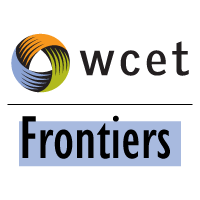
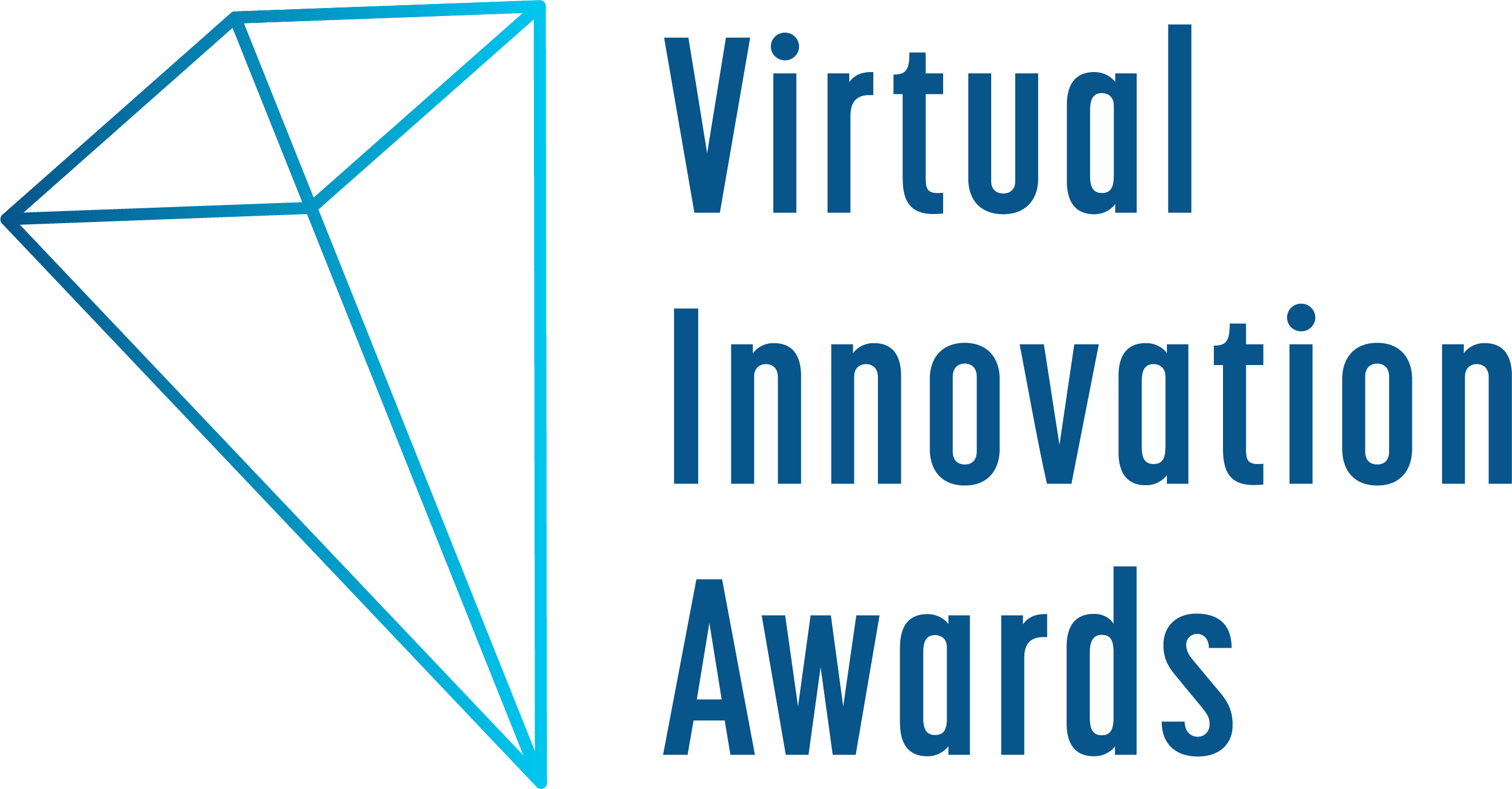
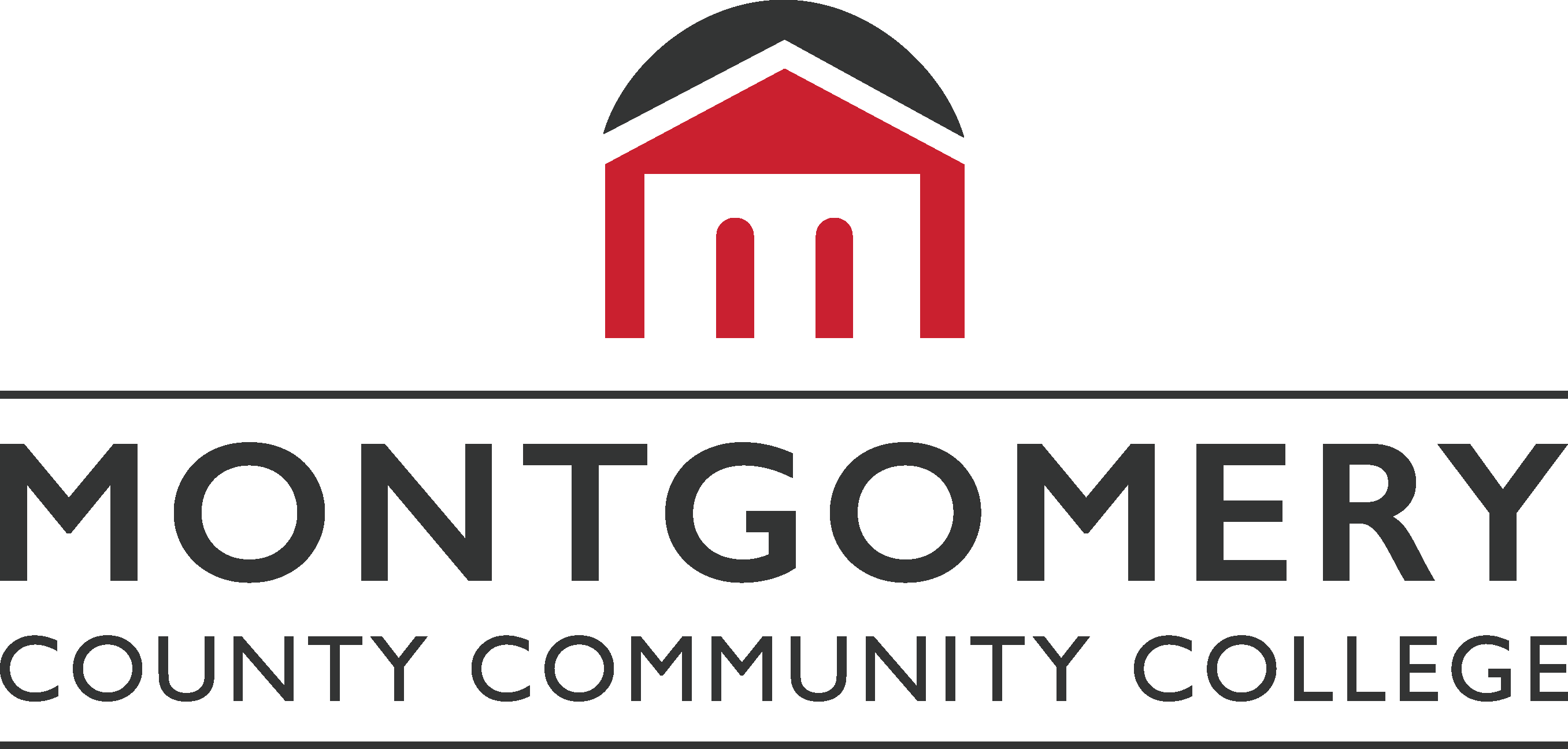


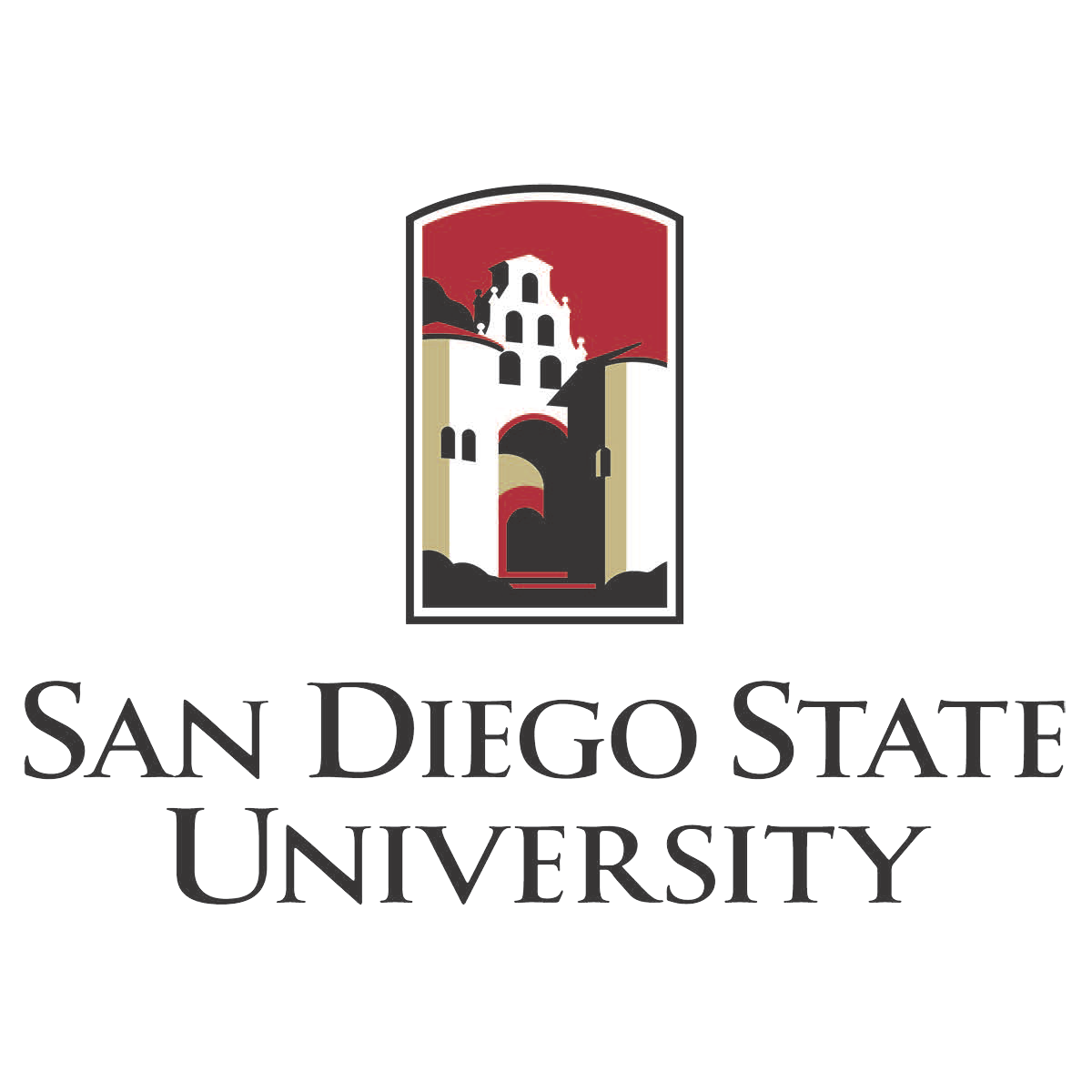
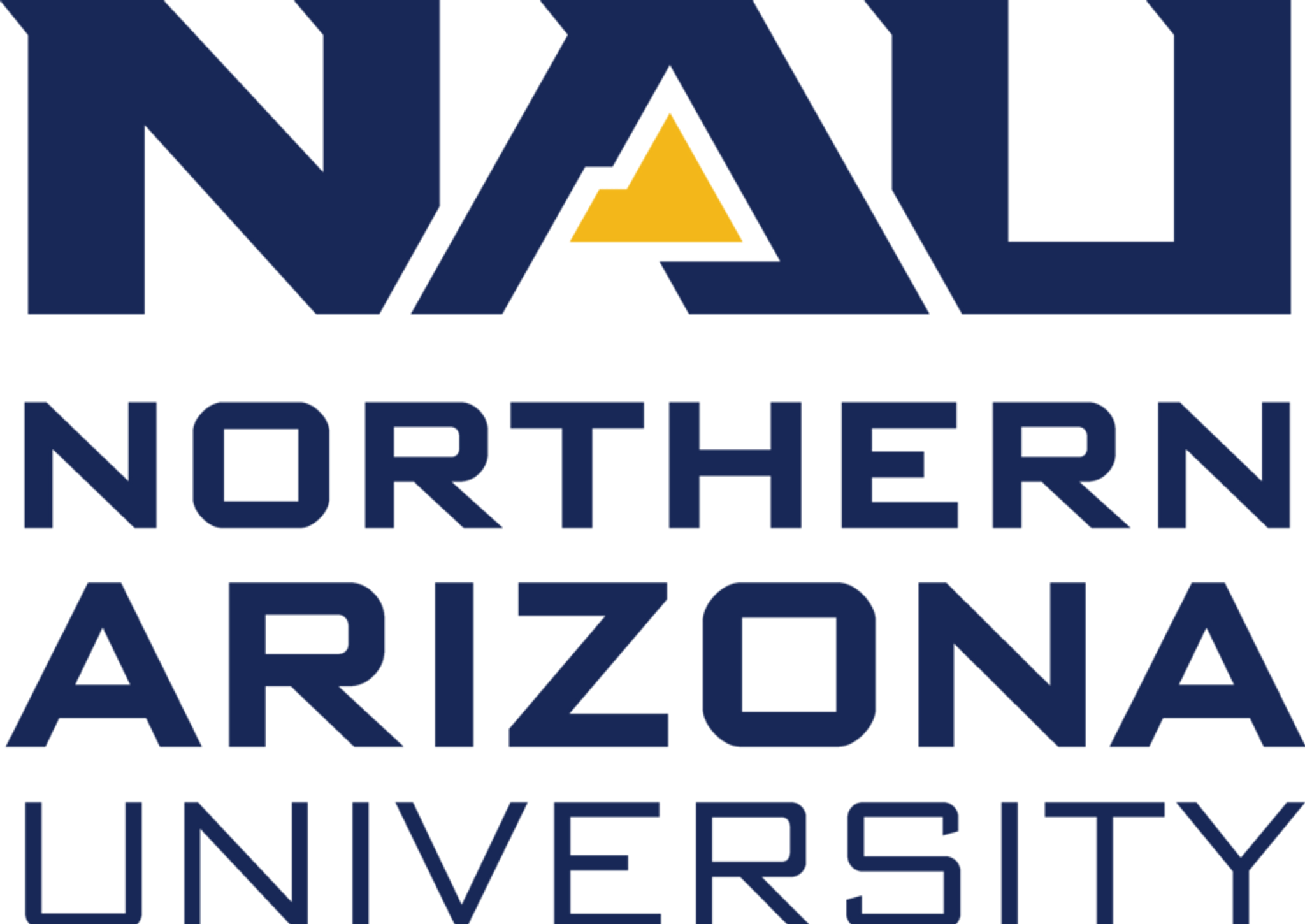
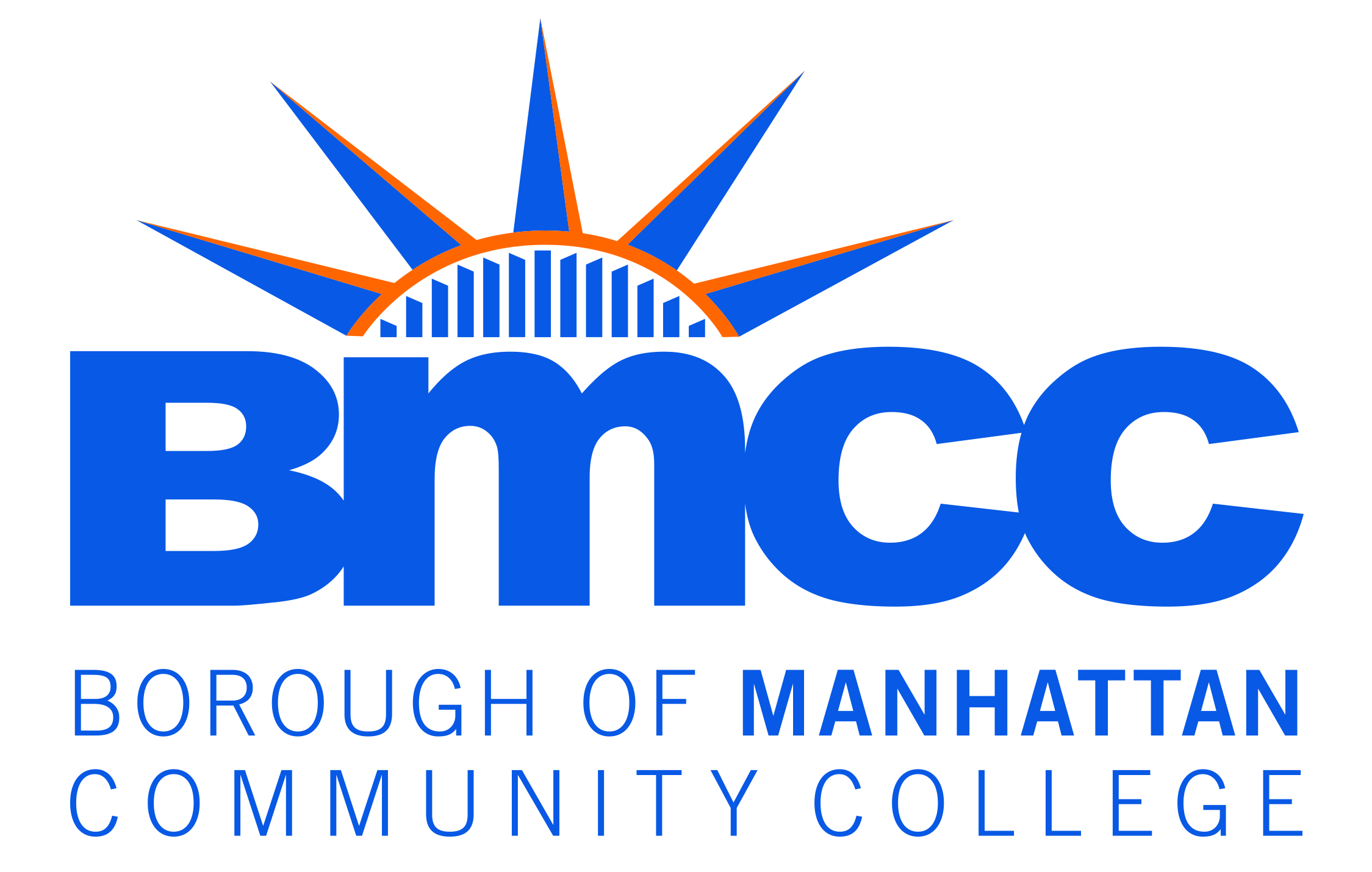
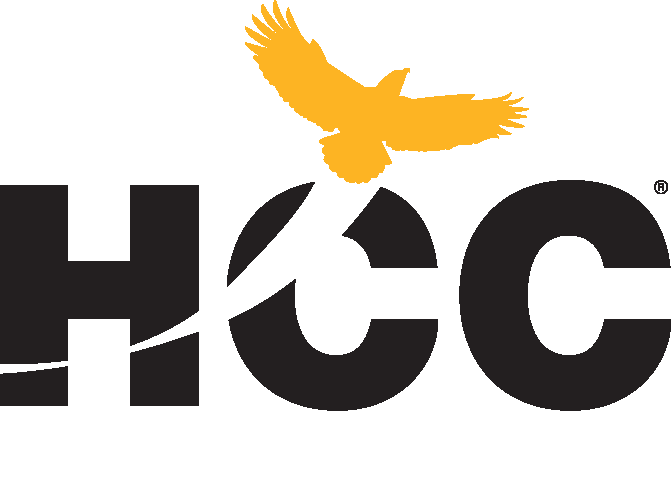
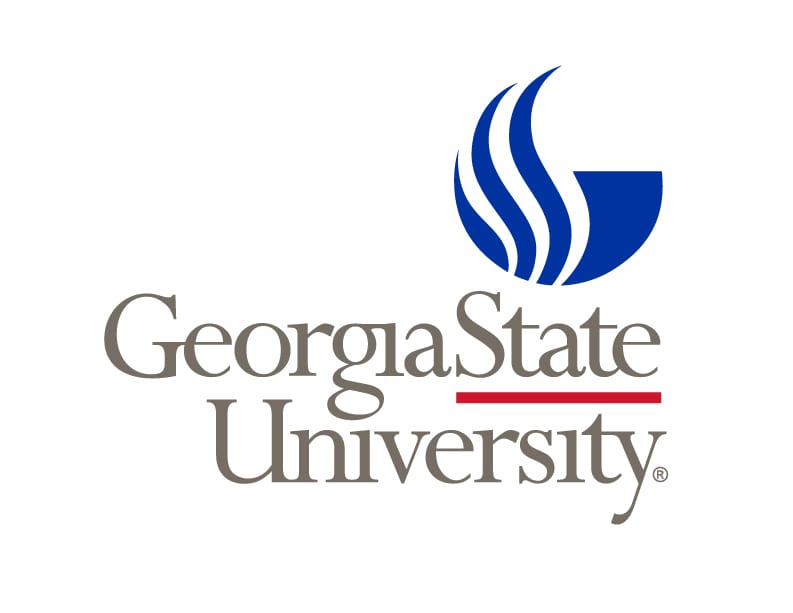

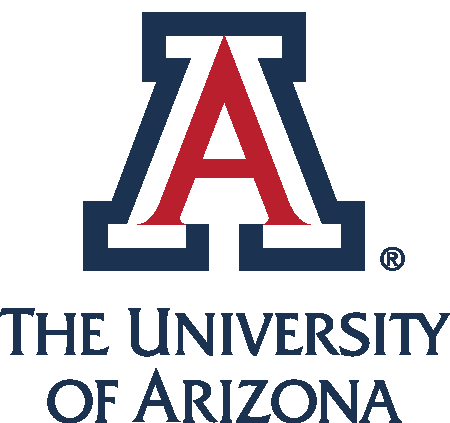
 Earlier this month WCET’ers gathered in Salt Lake City to have frank discussions and hear from leading experts in the somewhat nebulous construct of 21st Century Credentials. There is no way I can replicate the conversations held, the discussions, the debate in a blog post. But I can distill some of the themes and learning I walked away with and point you to the resources from the 2016 WCET Leadership Summit.
Earlier this month WCET’ers gathered in Salt Lake City to have frank discussions and hear from leading experts in the somewhat nebulous construct of 21st Century Credentials. There is no way I can replicate the conversations held, the discussions, the debate in a blog post. But I can distill some of the themes and learning I walked away with and point you to the resources from the 2016 WCET Leadership Summit.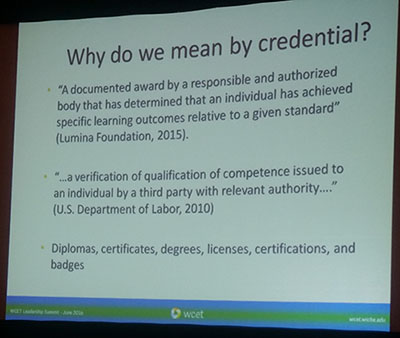 Portfolios are one way to help students explicate what they know and can do to employers. Another way, discussed at the Summit and through the many other connected credentials discussions with
Portfolios are one way to help students explicate what they know and can do to employers. Another way, discussed at the Summit and through the many other connected credentials discussions with 
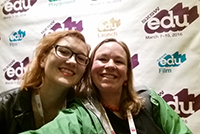
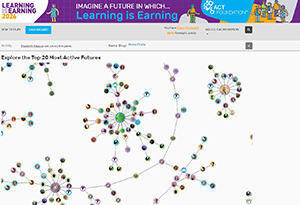
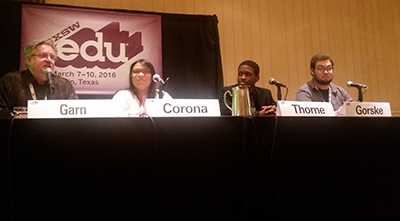
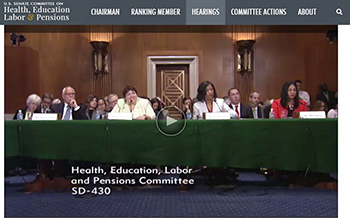
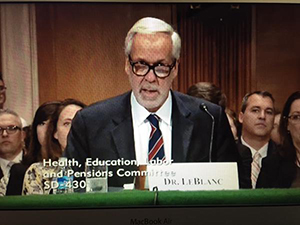 amework of Accountability
amework of Accountability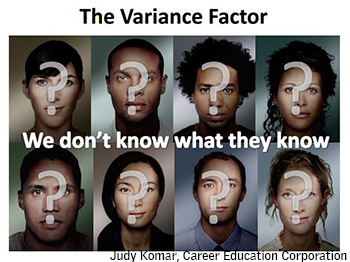

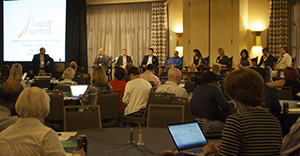
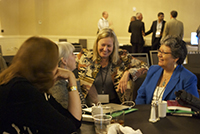
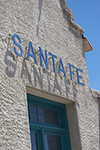

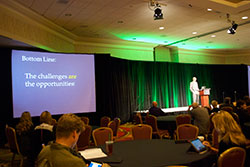
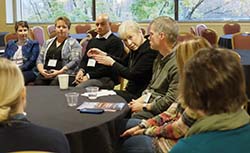
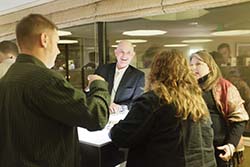
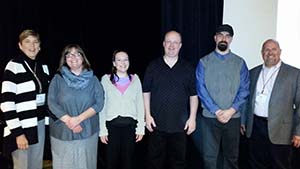
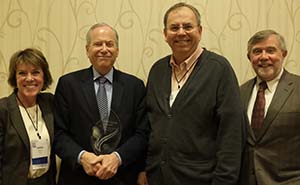
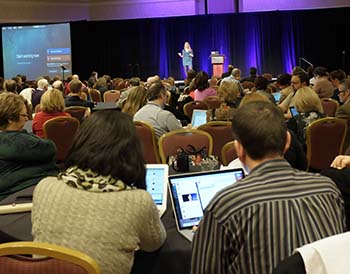


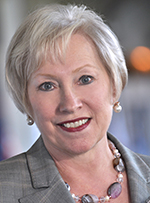 Nancy Zimpher
Nancy Zimpher
